Impact Compaction for In-Situ Uncontrolled Fills
The Benefits of High Energy Impact Compaction for In-Situ Uncontrolled Fills
In construction and infrastructure projects, dealing with in-situ uncontrolled fills often presents an engineering challenge. These deposits, whose composition and compaction level are often unknown and inconsistent, can lead to instability and settlement issues. High Energy Impact Compaction (HEIC), with its ability to transform and stabilize such soils, has proven to be an effective solution.
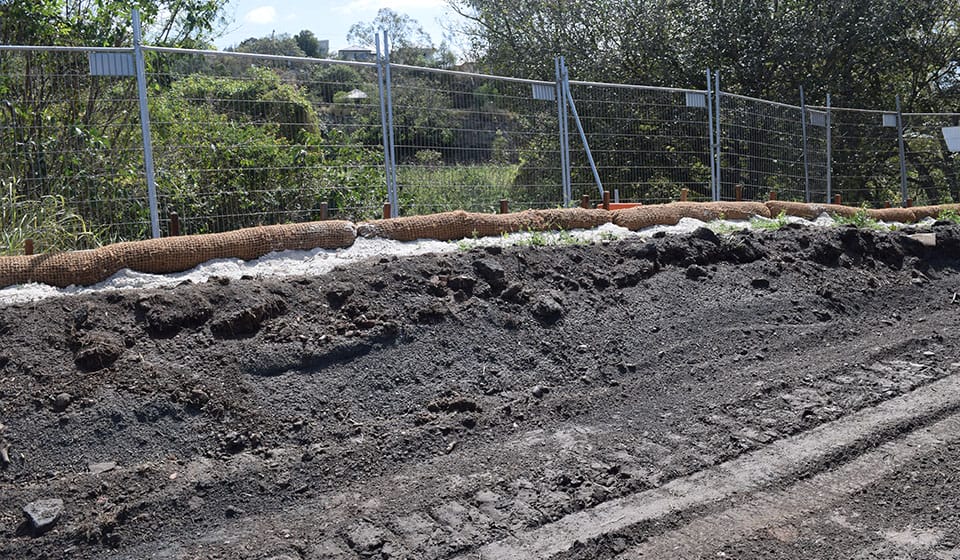
Understanding In-Situ Uncontrolled Fills
In-situ uncontrolled fills are deposits of soil or other materials that have been placed without engineering oversight or control. These fills can vary widely in their composition, including a mix of clay, silt, sand, gravel, or even waste materials. The absence of compaction control during placement often results in uneven density and inconsistent engineering properties across the fill.
Such variability and unpredictability pose risks for construction projects, including differential settlement, poor load-bearing capacity, and increased susceptibility to erosion or liquefaction.
Uncontrolled fills are areas where soil, debris, or other materials have been deposited without regard to engineering principles or environmental regulations. They may include a wide variety of materials, often with differing degrees of compaction, moisture content, and suitability for construction. Here are a few examples:
Demolition Debris
When structures like buildings or roads are demolished, the resulting rubble is sometimes used as fill material. If the rubble isn’t processed and placed correctly, it can lead to an uncontrolled fill situation. The mixture of materials – including concrete, brick, asphalt, wood, and metals – can create inconsistencies and unknown conditions in the fill.
Industrial Waste
In some cases, waste materials from industrial processes have been used as fill. These could include things like slag from steel mills, fly ash from power plants, or tailings from mining operations. If not managed properly, these fills can be environmentally problematic and lead to unstable conditions.
Natural Deposits
Sometimes, natural events like landslides or river flooding can result in uncontrolled fills. These deposits might include a range of materials – from silt and clay to rocks and organic matter – often laid down in an unsorted and unstratified manner.
Household Waste
In the past, it wasn’t uncommon for low-lying areas to be used as dumps for household waste. Over time, these dumps could be covered with soil and used as building sites, leading to uncontrolled fill conditions.
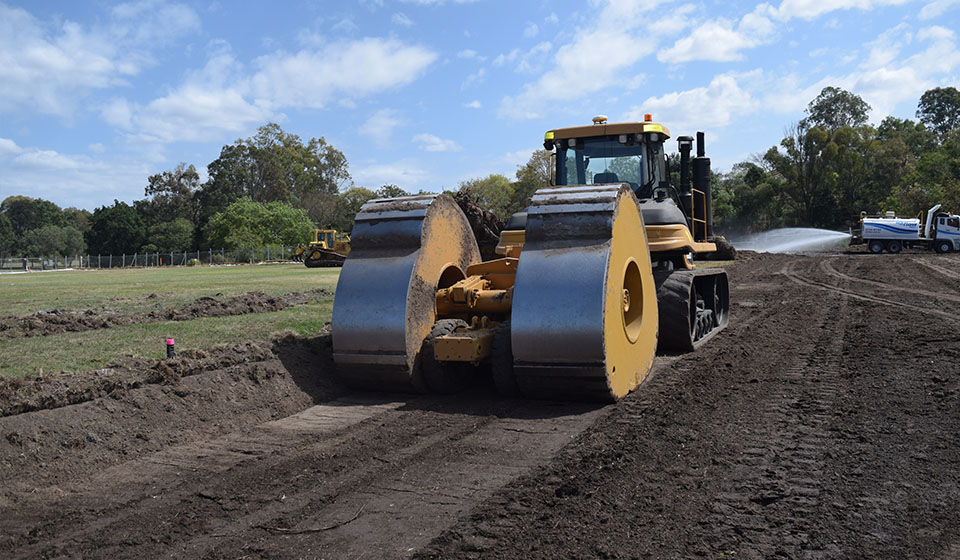
High Energy Impact Compaction offers a robust solution for the stabilisation and improvement of in-situ uncontrolled fills.
Uncontrolled fills become “uncontrolled” because they are placed without proper engineering oversight. The material isn’t tested for its suitability as fill, it’s not compacted to engineering standards, and there’s no uniformity in the type or condition of the materials used. This can lead to a variety of problems if the site is later used for construction, including differential settlement, contamination issues, and a lack of information about what lies beneath the surface.
High Energy Impact Compaction (HEIC) offers a comprehensive solution to the challenges posed by in-situ uncontrolled fills. This advanced technique delivers powerful compaction energy to the soil, significantly improving its density, uniformity, and load-bearing capacity.
Benefits of HEIC for In-Situ Uncontrolled Fills
Improved Stability: HEIC significantly increases the density and uniformity of uncontrolled fills, reducing the risk of differential settlement and enhancing soil stability.
Enhanced Load-Bearing Capacity: By compacting the fill material, HEIC increases its load-bearing capacity, making it suitable for various construction applications.
Cost-Effective Site Preparation: HEIC allows uncontrolled fill sites to be prepared for construction without the need for expensive soil replacement or deep foundation solutions.
Environmental Advantage: By improving the usability of in-situ uncontrolled fills, HEIC contributes to sustainable construction practices by reducing the need for soil removal and disposal.
With expertise in HEIC, Landpac is well-positioned to assist clients in overcoming the challenges associated with in-situ uncontrolled fills, ensuring their projects’ success while adhering to the highest standards of safety and environmental sustainability.
Flatten your fear of the unknown
When geo-testing uncovers more complexity than you budgeted for, Landpac helps keep your timeline on track. Get unstable sub-grades up to standard with HEIC. No crushing or grading required. Our experts save you time, money, and reduce your environmental footprint when dealing with site variables. Get in touch to learn more.
Latest news
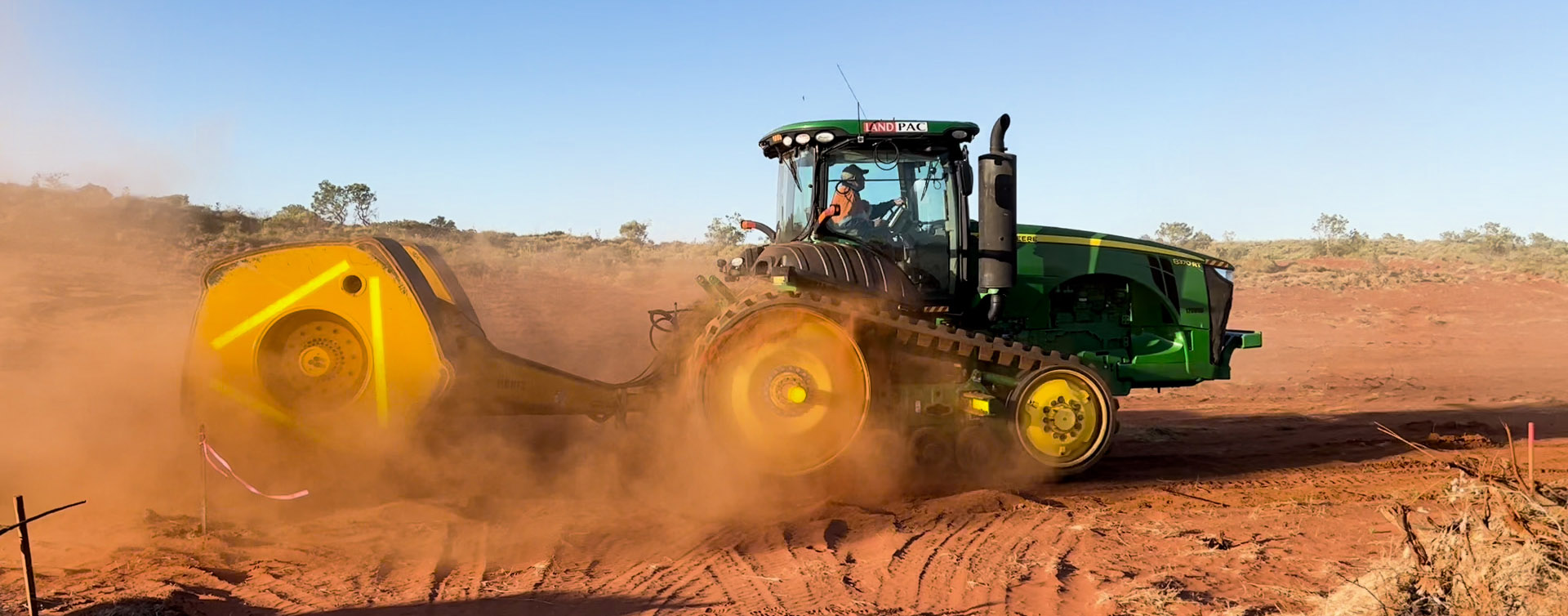
Ground Improvement Solutions
Ground improvement is a fundamental aspect of civil and geotechnical engineering, crucial for ensuring the stability and integrity of construction projects such as roads, buildings, bridges, or residential areas.
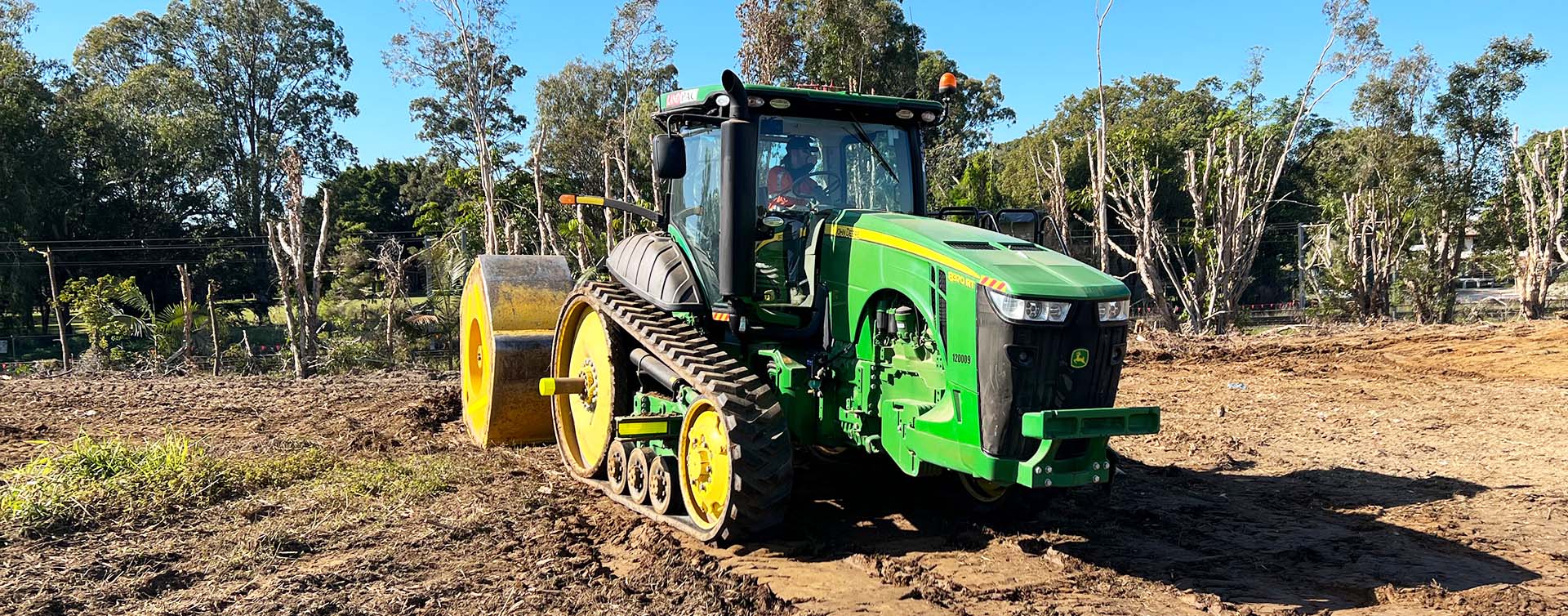
Reviving Land with Purpose and Precision
Land rehabilitation represents a critical environmental endeavor, aiming to restore the natural state of land after the ravages of mining or other forms of degradation.
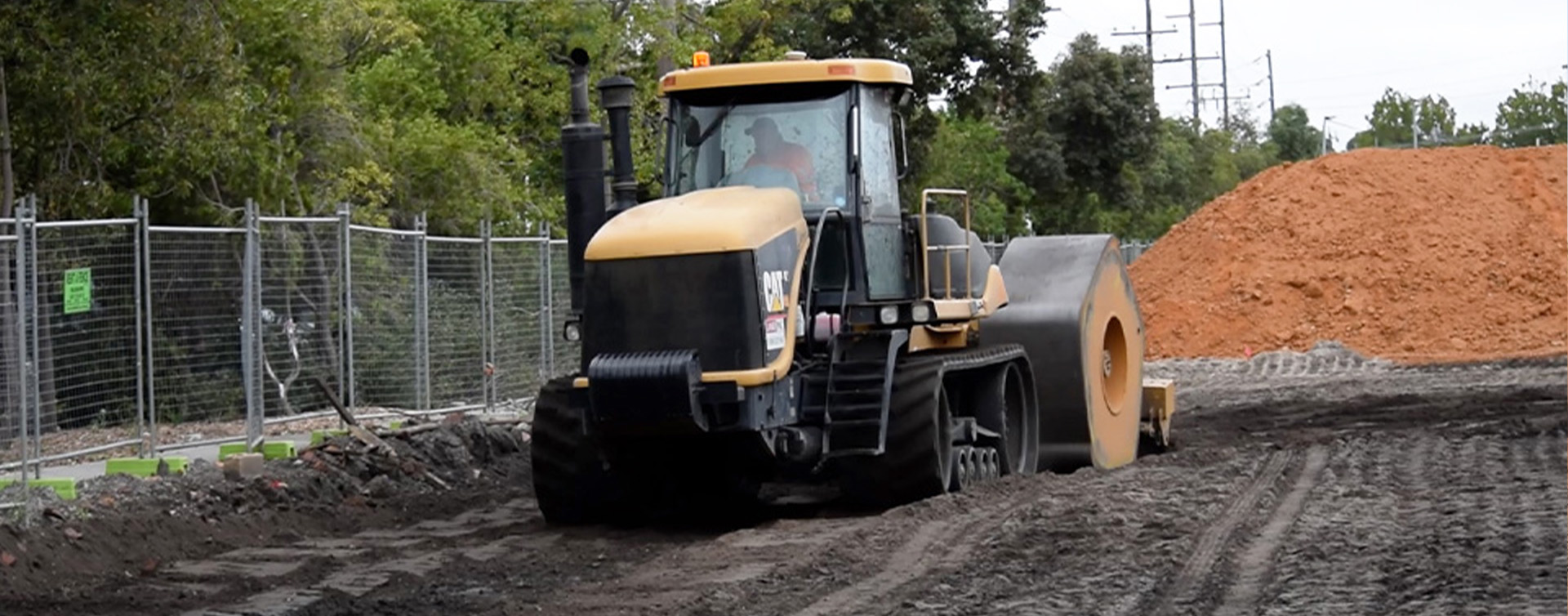
Deleterious Material Sites with HEIC
One primary concern with deleterious materials is their containment. HEIC plays a pivotal role here, compacting the soil to form a denser barrier.
